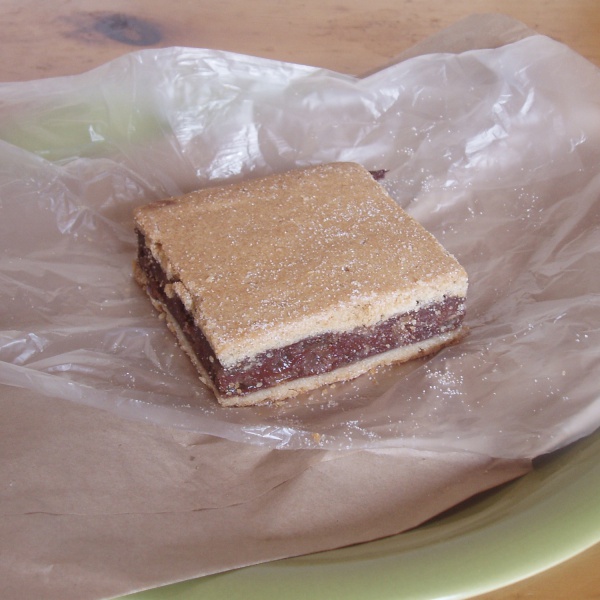Facts About Gur cake
Gur cake is a cherished traditional pastry from Dublin, Ireland, with a rich history and various names depending on the locale. In some places, it's known as chester cake, while in Cork, it might be referred to as gudge or donkey's gudge.
This delightful treat features a thick, flavorful filling encased between two thin layers of pastry. The filling consists of a dark brown mixture made from cake or bread crumbs, dried fruits, and a sweetener or binder, resulting in a delicious and hearty dessert. Gur cake has its origins as a budget-friendly option, often crafted from bakery leftovers.
The name "gur" likely derives from "gurrier cake." A "gurrier" was a term for children who skipped school, known as being 'on the gur.' Since Gur cake was an inexpensive item made from leftover ingredients, it was one of the few treats these children could afford. Traditionally, you’ll find Gur cake in bakeries, pre-cut into convenient squares about 8 cm by 3 cm.
In Dublin, Gur cake holds a special place in the hearts of many, symbolizing working-class neighborhoods. It has even made its way into literature, such as the book "Gur Cake and Coal Blocks" by historian Éamonn Mac Thomáis.

 United Kingdom
United Kingdom